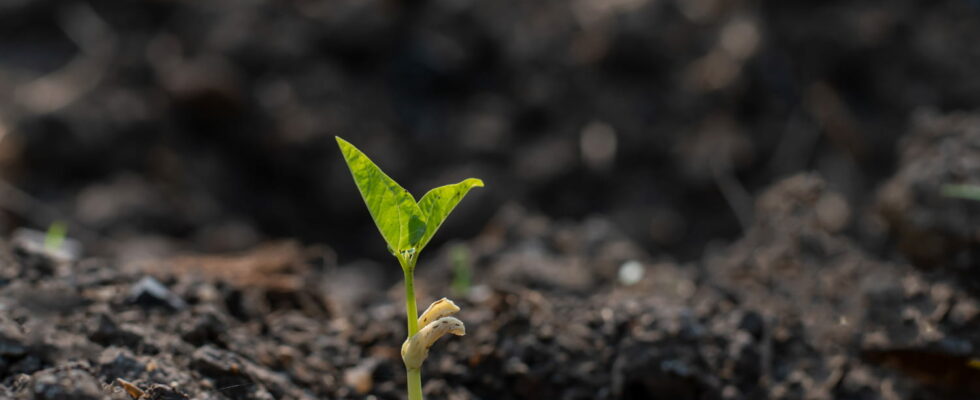Thanks to a seed more than a thousand years old, scientists have grown a tree with rare attributes.
Projects aimed at resurrecting extinct plant or animal species are becoming more and more common. While it may involve reintroducing an extinct species, scientists also sometimes try to study the specimen more closely to find out what its characteristics were. This is the case of an international group of researchers, who report, in their study published in the journal Communications Biologythe results of planting a seed from a cave in the Judean Desert. The latter would be more than 1000 years old (appearance estimated between 993 and 1202 AD).
It took them 14 years to succeed in this operation: now the tree is three meters high and scientists can finally describe all its characteristics. They were thus able to carry out DNA, chemical and isotopic analyzes to explore its origins.
The tree has thin, dry bark, bringing it closer to the Commiphora genus, which is part of the myrrh and frankincense family. It loses its leaves during the cooler months, December to April. However, it differs from the rest of the family by its absence of notable odor. It would, in fact, come from a now extinct population of trees from the current region of the Near East, according to the authors of the study.

The specimen was nicknamed “Sheba” and analyzes attributed numerous medicinal powers to it. Anti-inflammatory properties and others useful for preventing certain cancers have notably been detected following the presence of pentacyclic triterpenoids. The leaves have also been found to be rich in squalene, an antioxidant and smoothing oily substance that is excellent for the skin.
These attributes are also mentioned in the Bible and correspond to “tsori”, which means “balm”. It was presented as a precious resin with miraculous medicinal properties. The latter is associated with healing in different religious books: Genesis, the book of Jeremiah and that of Ezekiel. “It could represent an extinct lineage, once native to this region, whose ‘tsori’ resin mentioned in biblical texts was precious, associated with healing,” summarizes the study. However, the tree has not yet flowered and therefore has not produced its reproductive material. We will therefore have to wait a little longer to be able to deepen the research.
